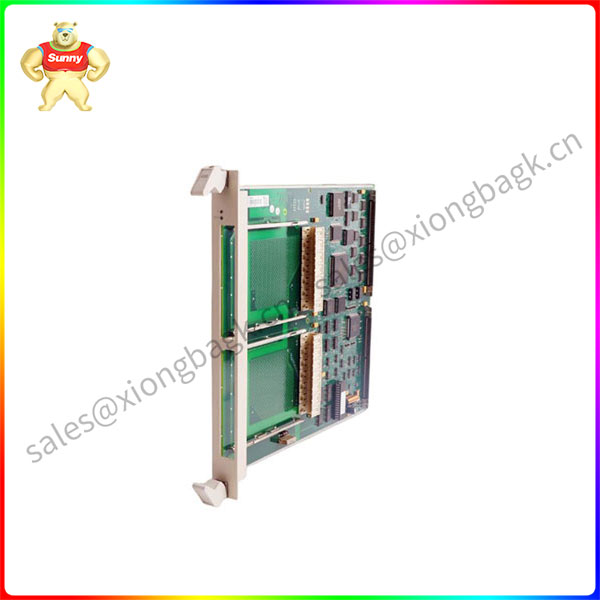5G, WiFi 6, LPWAN, etc
Wireless solutions will be on sensor technology
To what extent?
In the process of promoting the implementation of condition monitoring and predictive maintenance, sensor support for wireless communication is also an important link. This is especially true for new construction projects, as not having to retrofit cables brings significant time, planning, and cost advantages.
In any case, there are two big issues to consider when it comes to wireless communication: First, each sensor needs to be powered. Although it is possible to provide power through batteries, issues such as battery life still need to be considered – unless the cycle time of the application is very long.
For condition monitoring, the use of batteries is no problem, but it is far from satisfactory in machine control. The same is true on decisive issues. Therefore, wired sensors will continue to be used for a long time. In my opinion, it would make more sense to use wireless technologies such as edge gateways to transmit large amounts of signals and information to the cloud.
02
What is the future of IO-Link? IO-Link

SC510 3BSE003832R1
How is Wireless doing these days?
IO-Link has been established for many years and is an extremely important technology in the field of industrial automation. Initially, it was widely used as a communication standard for complex devices, but today it is also available on basic sensors.
Many sensors, even binary sensors, come with integrated microprocessors, so IO-Link technology can be implemented at almost no additional cost. For our customers, the cost-benefit ratio is equally excellent, as additional information about the machine can be obtained and used to improve the efficiency of the plant.
In addition, it is easy to debug complex sensors that require parameter setting without any additional proprietary software tools. Its web server is implemented through the Turck IO-Link master station and can be configured to implement foreground or background suppression, or to suppress interference signals caused by grid architecture, agitators or similar machines. IO-Link Wireless is an interesting solution for niche and retrofit applications, but it also needs to overcome the same challenges as the aforementioned wireless sensors.
03
SPE (single Ethernet) can be used in
To what extent does it replace IO-Link?
If the SPE is standardized and affordable, it will inevitably become an alternative choice for sensors to communicate in industrial automation. I think this will be faster to implement for the SPE than IO-Link. In order to provide customers with a single source solution, it is also important to be able to provide all the necessary components comprehensively.
04
How powerful will sensors become with AI?
Ai can certainly ensure fast and efficient processing of measurements captured by sensors. Machine learning, in particular, can play a major role in this. This will happen on the sensor as long as the sensor provides enough information to ensure effective use of AI, otherwise it makes more sense to implement it downstream.
Our CCM condition monitoring module is a good example. Although it is mounted on the DIN rail of the control cabinet and resembles a compact interface device, it is actually a multi-sensor device that measures air humidity, temperature and cabinet door position, enabling predictive maintenance of the control cabinet.
05
Will vision sensors replace conventional sensors?
Or will they be replaced by conventional sensors?
In some applications, vision sensors can definitely replace conventional sensors and be used as a simple alternative. The benefits of vision sensors are especially evident when multiple attributes need to be examined simultaneously. However, this cannot be generalized, as other factors need to be considered, such as environmental conditions and the degree of exposure to pollution. We believe that vision sensors are a useful complement to conventional sensors, but they cannot replace conventional sensors.
06
By using 3D sensors can be developed
A whole new field of application?
With the third dimension achieved by 3D vision, we can obtain additional information such as the volume, height, position and actual shape of the object. The technique is also ideal for distinguishing objects with the same color or shape, which can be used as a tool
More reliable solutions, for example in applications such as robot guidance or as an alternative to haptic measurement.
In addition, position measurement, position detection and integrity control can be achieved. 3D measurement technology can also perform reverse engineering design, that is, by examining the structure, state, and behavior of a finished system or industrial product to extract its design elements before making a plan accordingly.
 中文版
中文版




